Though multiple manufacturers offer power packs meant for model railroads, three main companies currently offer the packs as separate-purchase items: Model Rectifier Corp., Kato USA, and Bachmann Trains. If you choose to use direct-current control instead of Digital Command Control (DCC) on your layout, buying a DC power pack (or power supply) that fits your needs is pertinent for the reliable operation of your model railroad.
For the purpose of this article, the main number to focus on when looking at a power pack is the VA or volt-ampere. This is the amount of power going from the power pack to the track. A higher number indicates a higher voltage output. While you may not be able to control every function of a DCC locomotive equipped with a dual-mode decoder on a DC power pack, a higher VA provides a greater reliability when operating sound-equipped locomotives.
Model Rectifier Corp.
Model Rectifier Corp., 360 Main Street, Suite 2., Matawan, N.J., 07747; 732-225-2100; modelrectifier.com
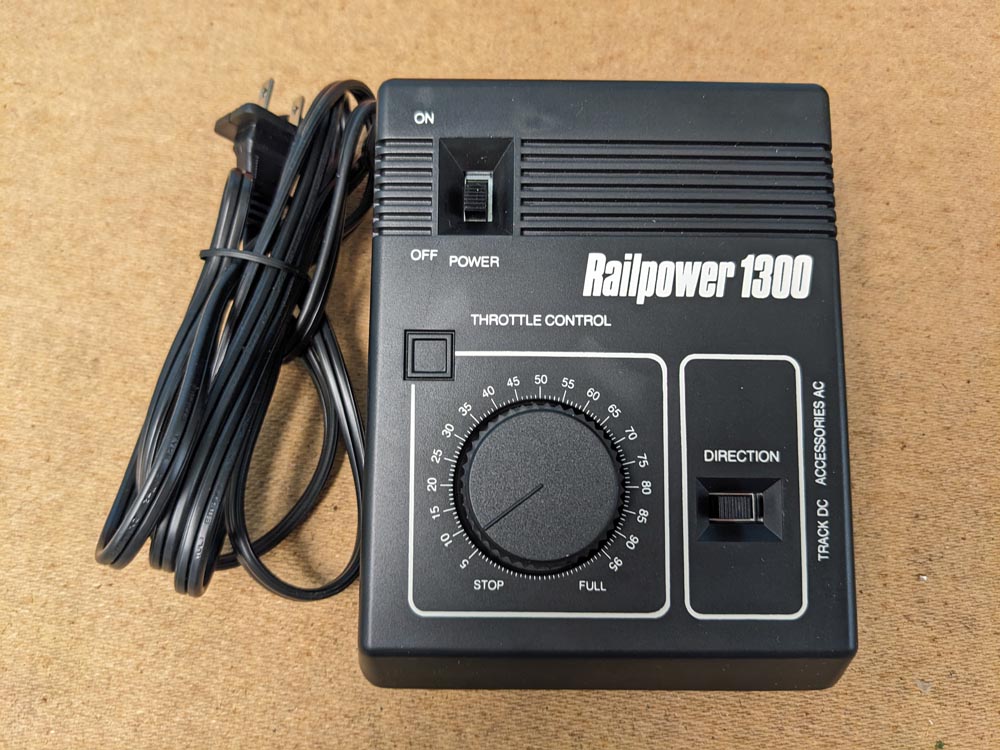
- Voltage output: 7 VA
- Automatic circuit protector
- Railpower 1370 features 18VA
- Price: $69.89
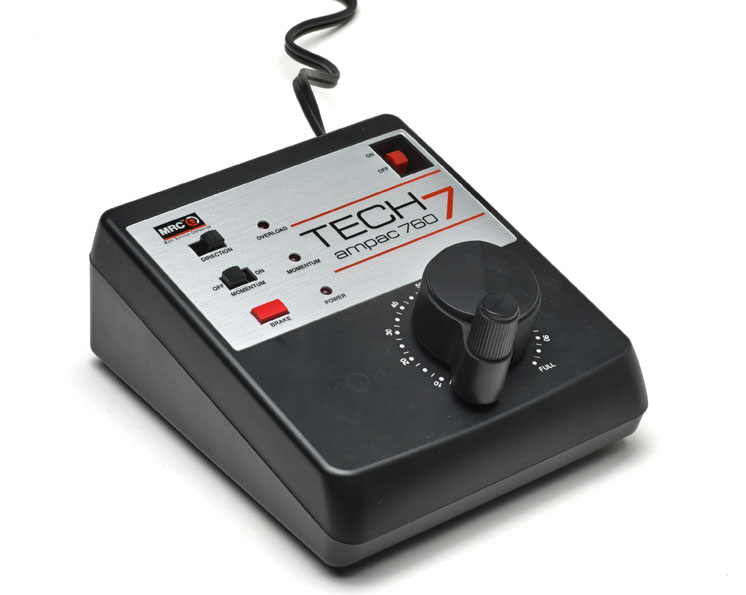
- Voltage output: 20 VA
- Fixed AC accessory terminals
- DC momentum control
- Pressure-sensitive braking
- Also available with two throttles (Tech 7 Ampac 780)
- Price: $134.98
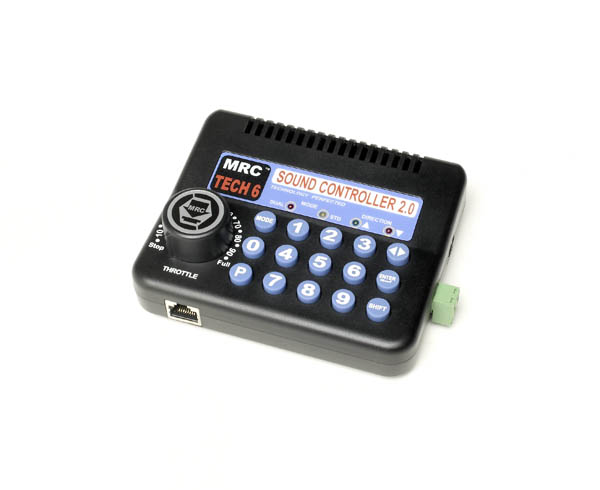
- Voltage output: 30 VA
- Able to operate standard DC locomotives as well as DCC decoder-equipped locomotives
- Sound control when in dual mode
- Add MRC Tech 6 DC/DCC Handheld for walkaround control
- Price: $144.98
Kato USA
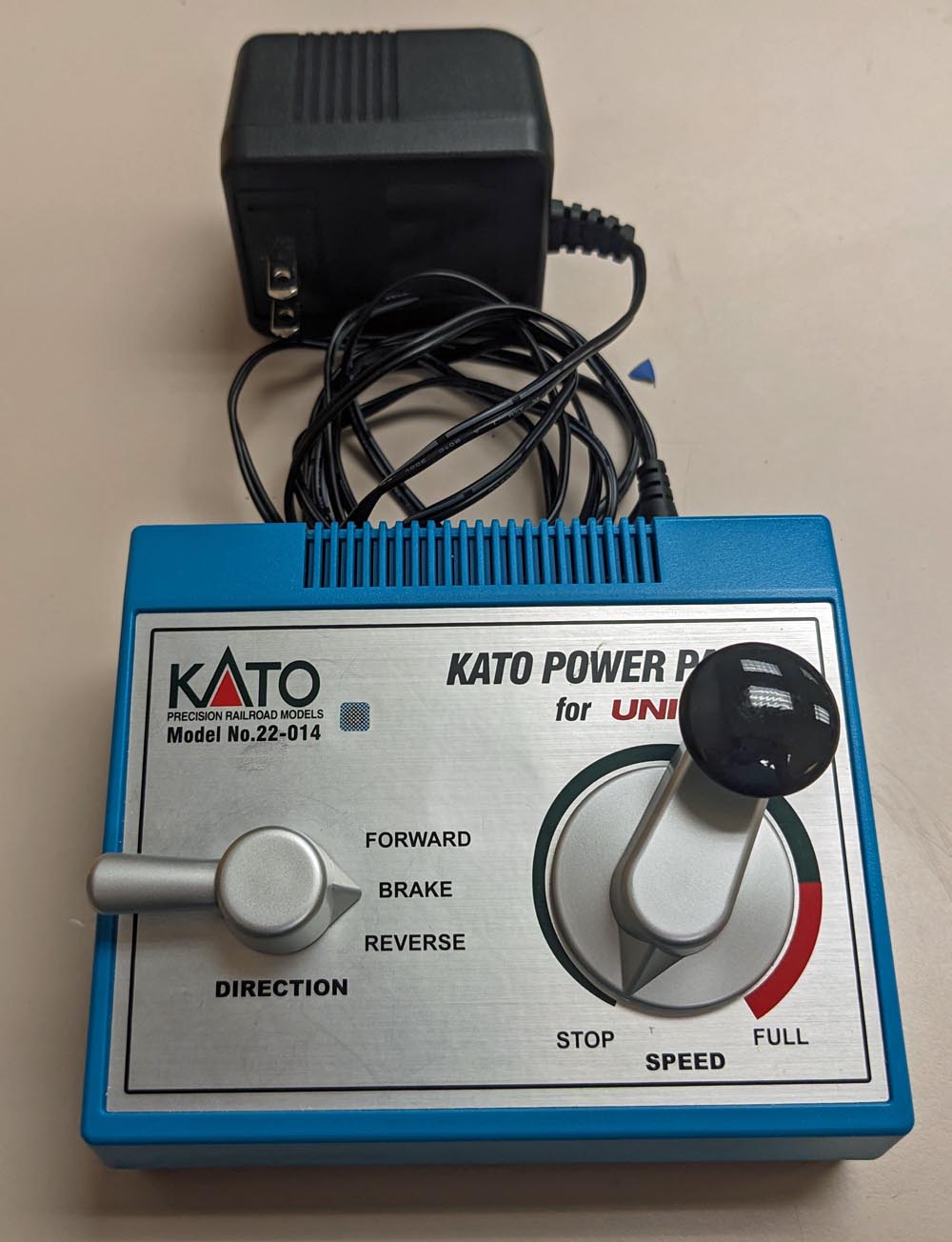
- Voltage output: 12 VA
- Comes with Kato starter sets
- Forward, off, and reverse directional control
- Upgrade to Kato Power Supply 16V for 16 VA
- Price: $80
Bachmann Trains
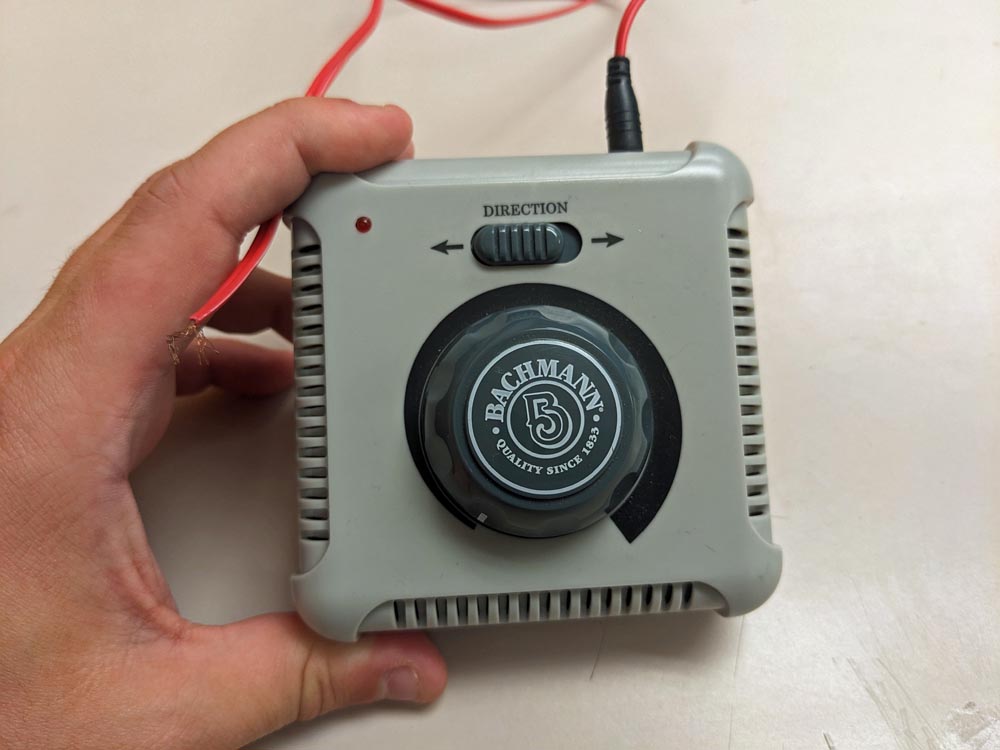
- Voltage output: 16 VA
- Comes with Bachmann DC starter sets
- Directional control
- Price: $102














Your statement that a higher VA means a higher voltage output is very misleading. The VA value is a measure of the maximum amperage, or current, output at, typically, 15 volts. The voltage does not vary with VA, only the maximum current available. With sound-equipped locomotives, more current is required than for an identical locomotive without sound. The more current, the more locomotives that can be run simultaneously.